The cast iron plant is known for its distinct and attractive appearance. It features glossy, deep green leaves that are lance-shaped and can grow up to 2 feet long. The leaves have a glossy finish, giving them a lustrous and vibrant look. They are also around 4 inches wide, providing a substantial presence.
Appearance of the Cast Iron Plant

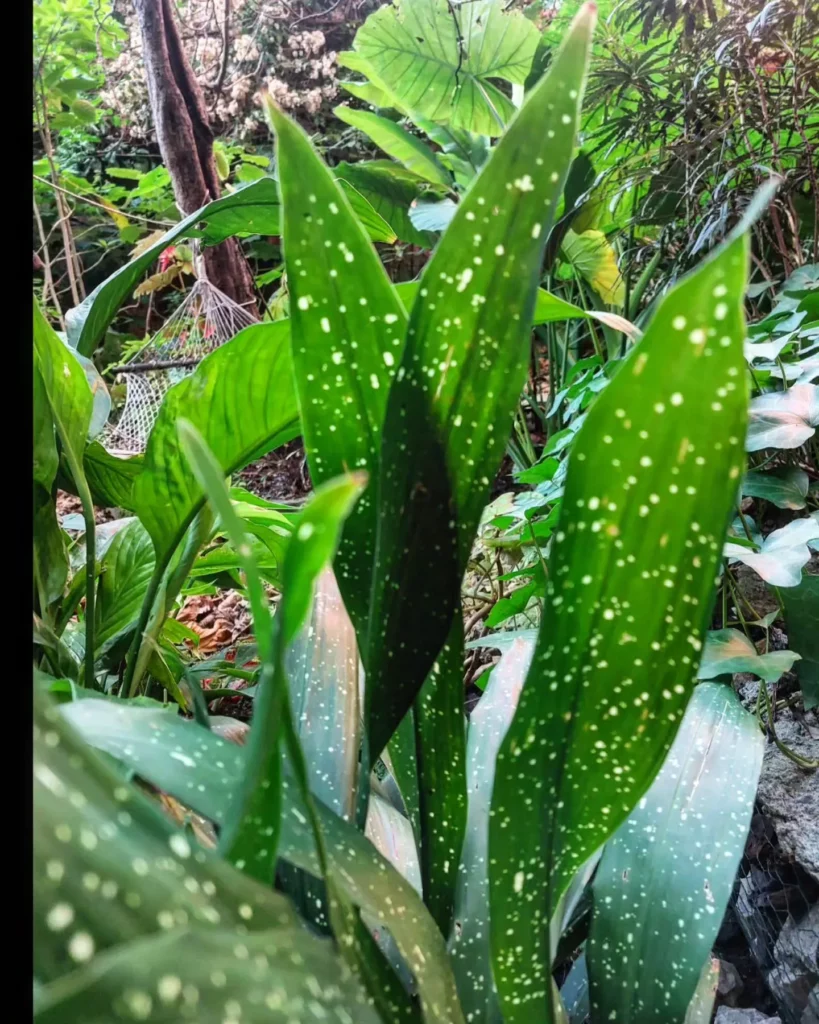

While the majority of cast iron plants have solid green foliage, some varieties may exhibit unique patterns. These include cream-colored or white stripes, streaks, or spots on the leaves, adding an element of visual interest to the plant’s appearance.
This plant’s growth rate is notably slow. However, despite its leisurely pace, the cast iron plant’s lush and vibrant green leaves make it easily recognizable and a standout addition to any indoor or outdoor space.
Light Requirements for the Cast Iron Plant

The cast iron plant is well-suited for low-light conditions and can thrive in a wide range of indoor lighting levels. With its adaptability, it can flourish in partial shade or under the shade of larger trees. Unlike many plants, the cast iron plant does not require direct sunlight to thrive. In fact, direct sunlight can have adverse effects, such as burning the leaves and bleaching their vibrant green color.
If you choose to grow the cast iron plant outdoors, it is best to place it in a shady area where it can receive indirect sunlight. For indoor growth, a north-facing window or a spot with indirect sunlight is ideal. These low-light conditions mimic the plant’s natural habitat and promote healthy growth.
The ability of the cast iron plant to tolerate low-light conditions makes it an excellent choice for areas in your home that receive limited natural light. Its resilience to low-light environments allows you to bring greenery and liveliness to spaces that would otherwise be unsuitable for most plants.
No products found.
- Well-suited for low-light conditions
- Tolerates a wide range of indoor lighting levels
- Thrives in partial shade or under the shade of larger trees
- Avoids direct sunlight to prevent leaf burning and color fading
Watering the Cast Iron Plant
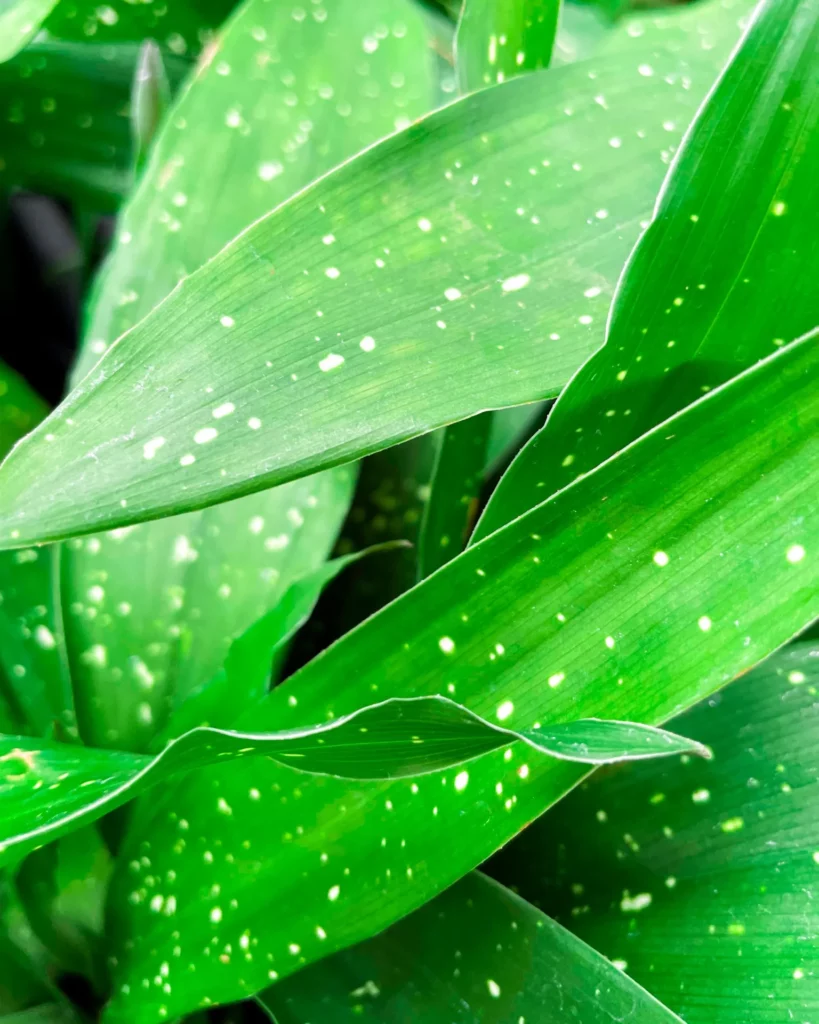


Proper watering is crucial for the health and thriving of your cast iron plant. This low-maintenance plant has impressive drought tolerance, making it an ideal choice for those who may occasionally forget to water their plants.
To ensure the optimal moisture level for your cast iron plant, it is recommended to water it when the soil dries out. Stick your finger about an inch into the soil to gauge its moisture content. If the top few inches of soil feel dry, then it’s time to water your plant. Remember, it’s better to underwater than to overwater, as excessive moisture can lead to root rot.
When watering your cast iron plant, make sure to do so thoroughly, allowing the water to reach the roots. This helps promote a deep and healthy root system. After watering, allow any excess water to drain from the pot to avoid waterlogging.
It’s important to note that the cast iron plant has a high tolerance for periods of drought. So, if you forget to water it occasionally, don’t worry—it will likely bounce back once it receives moisture again.
To maintain the plant’s health, use a well-draining soil mix. This prevents water from pooling around the roots, which can cause root rot. The best soil for your cast iron plant should retain enough moisture for the plant’s needs but also allow excess water to flow through easily.
Here are some watering tips for your cast iron plant:
- Water your cast iron plant when the top few inches of soil are dry.
- Thoroughly water the plant, allowing water to reach the roots.
- Avoid overwatering to prevent root rot.
- Use well-draining soil to maintain proper soil moisture.
- Ensure any excess water drains from the pot.
Fertilizing the Cast Iron Plant
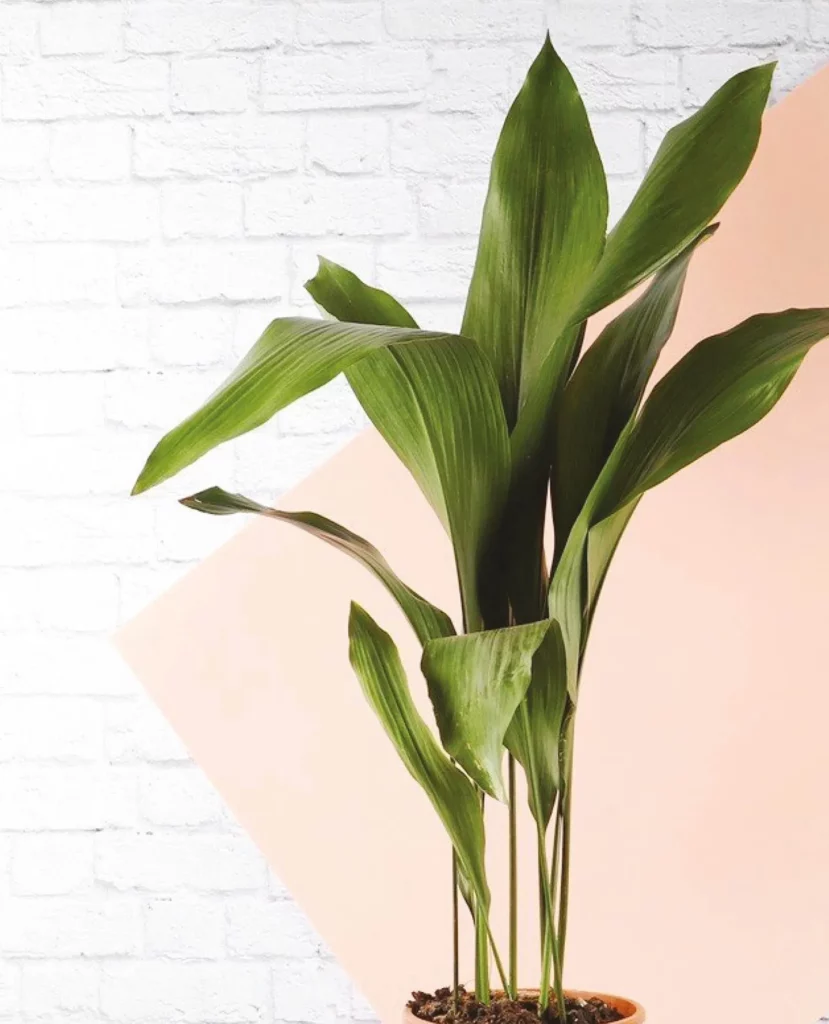
The cast iron plant benefits from monthly fertilization, especially during the spring and summer months. Fertilizing your cast iron plant provides it with essential nutrients to support robust growth and overall health.
No products found.
To fertilize your cast iron plant, you can use an all-purpose liquid fertilizer. It is important to follow the instructions on the label for the correct dosage and application guidelines.
When fertilizing, make sure to water your plant first and allow the soil to drain properly. This ensures that the roots are well-hydrated and reduces the risk of root burn from the fertilizer.
Fertilization is not necessary during the fall and winter months, as the plant’s growth slows down during this period. The cast iron plant is capable of thriving without frequent fertilizing because it has the ability to extract nutrients from its environment.
- Monthly fertilization during spring and summer
- Use an all-purpose liquid fertilizer
- Follow the instructions on the label
- Fertilize after watering to avoid root burn
- Avoid fertilizing during fall and winter
Potting the Cast Iron Plant
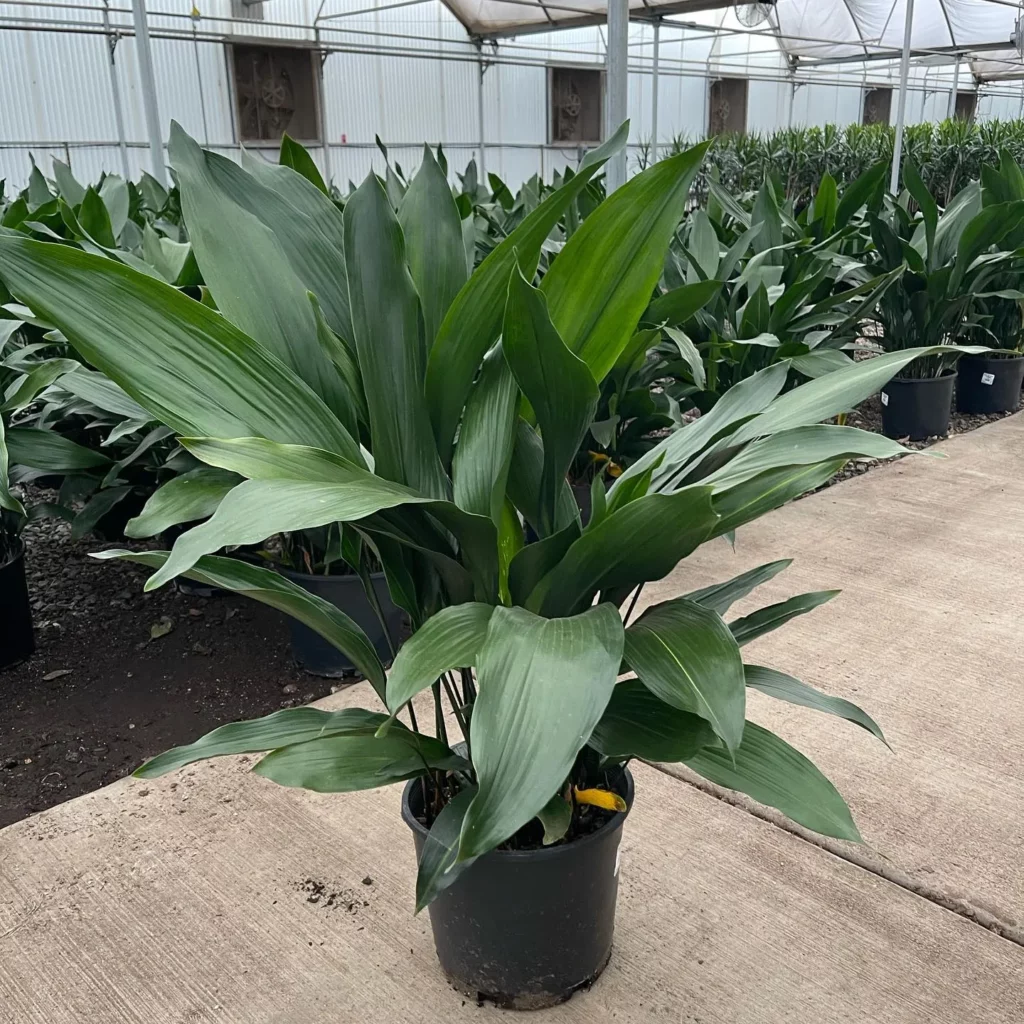
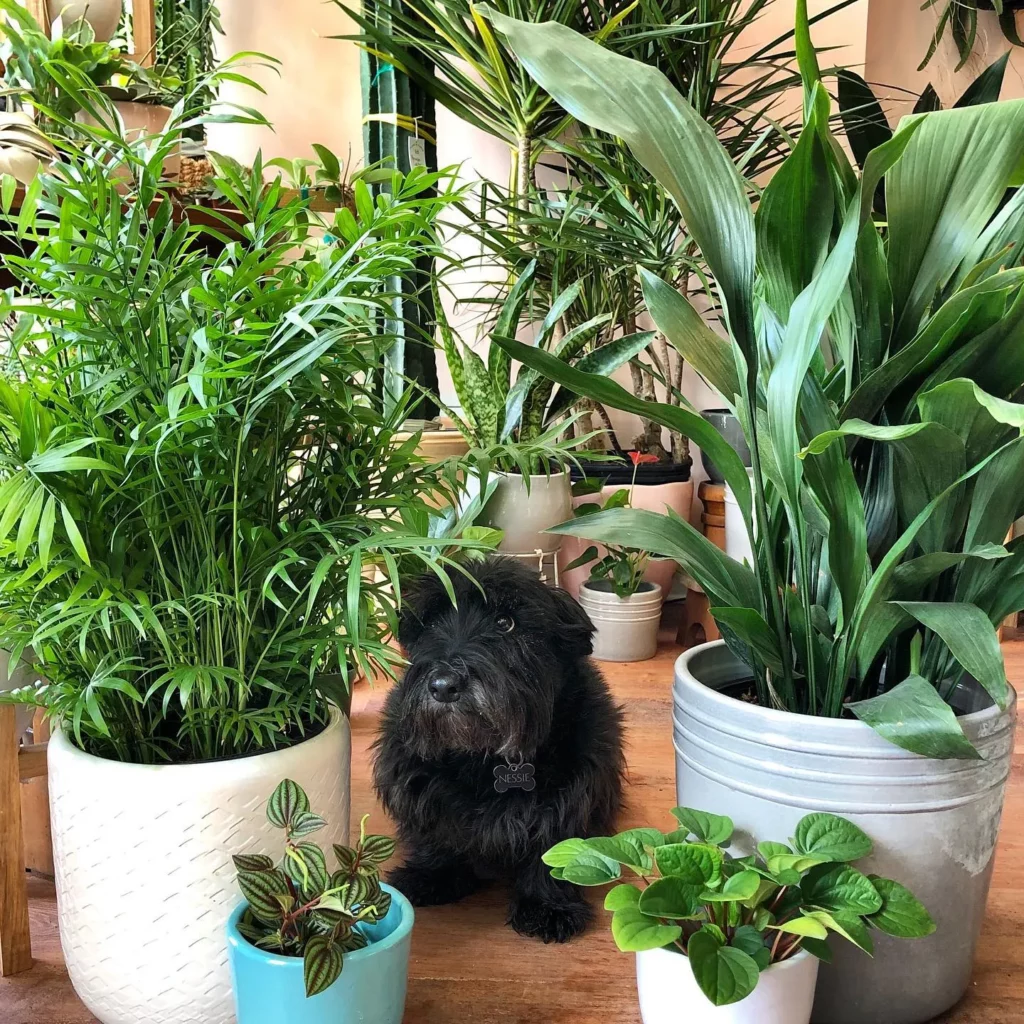
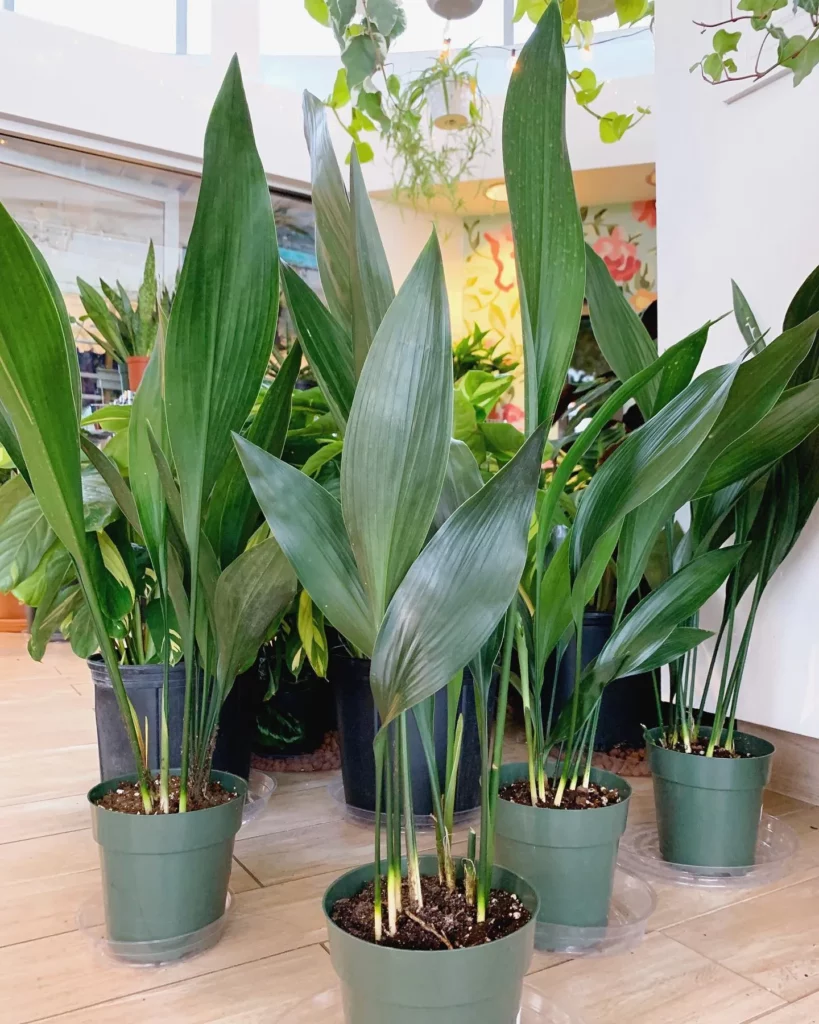
When it comes to potting your cast iron plant, you have some flexibility in choosing the soil type. This resilient plant can thrive in various soil compositions, including sandy, loamy, and clay soils. The key is to ensure that the soil is well-draining to prevent waterlogging.
For potting the cast iron plant, it is recommended to use a standard quality potting mix. This type of mix provides the necessary nutrients and drainage capacity for the plant’s healthy growth. You can easily find a suitable potting mix at your local garden center or nursery.
No products found.
Remember to select a pot with drainage holes to allow excess water to escape. The cast iron plant does not tolerate soggy soil, so proper drainage is essential to prevent root rot and maintain overall plant health.
Due to its slow growth rate, the cast iron plant does not require frequent repotting. You can enjoy its presence in the same pot for an extended period. However, if the plant becomes root-bound or starts to outgrow its current container, you may consider repotting it into a slightly larger pot.
Propagation of the Cast Iron Plant
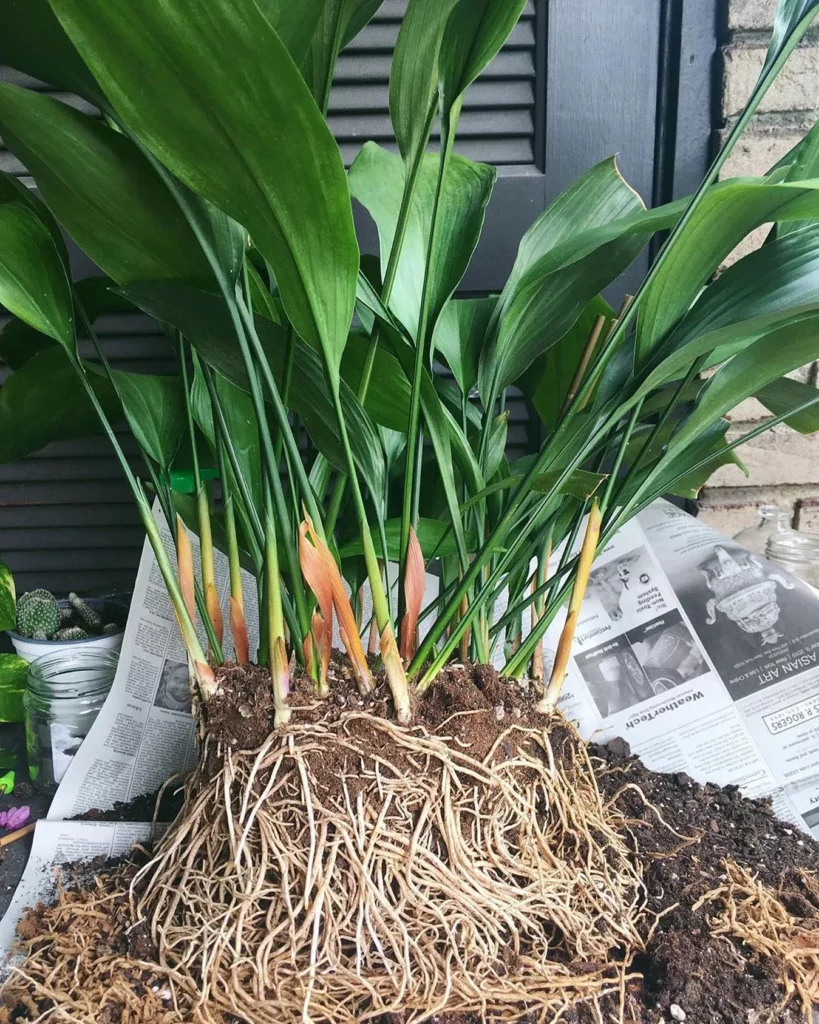
The cast iron plant can be easily propagated through division. It grows through rhizomes, which are underground stems that produce roots and shoots. To propagate the plant, follow these simple steps:
- Choose a healthy, mature plant with multiple rhizomes.
- Gently remove the plant from its pot or dig around its base if it’s planted directly in the ground.
- Identify a section of the rhizome with two or three leaves.
- Using a clean and sharp knife or garden shears, carefully cut away the selected section of the rhizome.
- Replant the cut section in a separate pot or directly in the ground, ensuring that the rhizome is properly covered with soil.
It is essential to keep the newly planted section warm and provide indirect sunlight to promote successful root development. Maintain a moist but not waterlogged environment by watering the new plant with care. Over time, new shoots will emerge, indicating successful propagation.
Growth and Development of the Cast Iron Plant
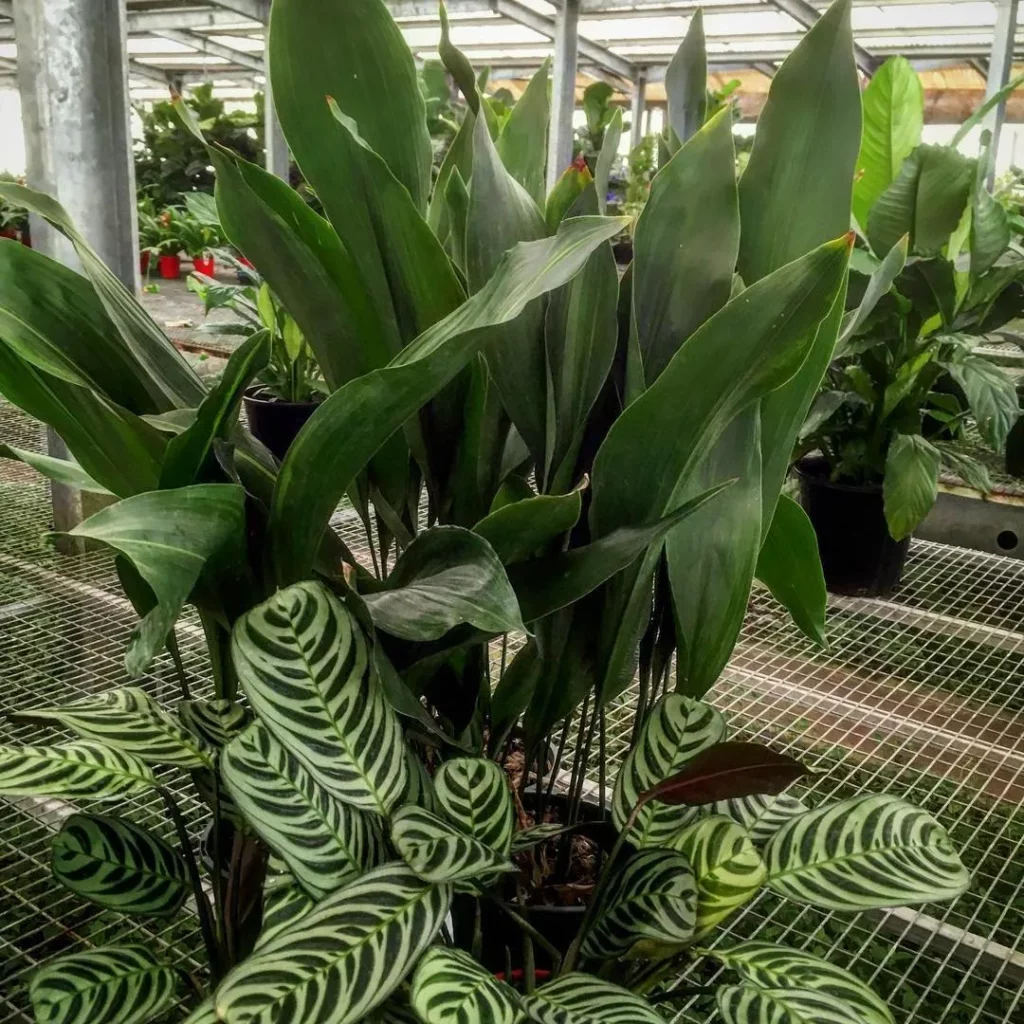
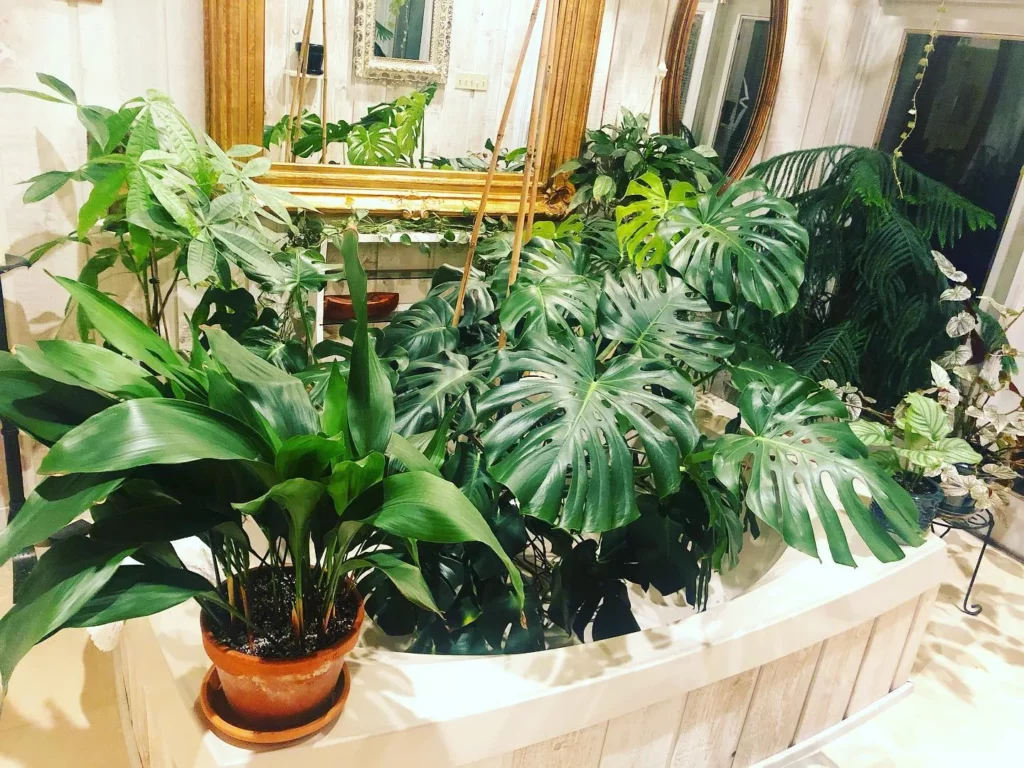
The cast iron plant is a slow-growing houseplant that requires patience to reach its full potential. It can take several years for the plant to reach its mature size, which can range from 2 to 3 feet tall and 1 to 2 feet wide. The plant’s growth rate is influenced by the amount of light it receives. While it can tolerate low-light conditions and grow slowly, exposing it to more light can stimulate faster growth. However, it’s important to be cautious of direct sunlight, as it can burn the leaves of the cast iron plant.
Pests and Diseases of the Cast Iron Plant
The cast iron plant is highly resistant to pests and diseases, making it a low-maintenance houseplant option. It is seldom bothered by common houseplant pests such as mites and scale. However, if you do notice any pests on your cast iron plant, there are simple remedies you can try.
- Dislodging Pests: If you spot any pests on the foliage of your cast iron plant, you can dislodge them by gently rinsing the leaves with water. This can effectively remove most pests and help keep your plant healthy.
- Insecticidal Soap or Horticultural Oil: For stubborn or persistent pests, you can consider using insecticidal soap or horticultural oil. These products can be applied according to the manufacturer’s instructions to control pests effectively without harming your plant.
The cast iron plant’s hardiness and ability to adapt to various growing conditions also contribute to its resistance against diseases. However, proper care is still essential for preventing pest and disease problems. Providing suitable lighting conditions, watering the plant appropriately, and ensuring good drainage can help maintain a healthy and pest-free cast iron plant.
Blooming of the Cast Iron Plant
The cast iron plant is known for its ability to produce flowers, although this is a rare occurrence when grown indoors. However, when grown outdoors, especially in the spring and summer, the cast iron plant may surprise you with its delicate blooms. These blooms, while small, add a touch of charm to the plant’s overall appearance. The flowers come in shades of creamy white and purple, creating a subtle and elegant display in your garden.
Although the cast iron plant’s flowers may seem insignificant in size, they are a testament to the plant’s resilience and ability to thrive in various conditions. You will often find these flowers near the base of the plant, tucked away under the lush foliage or at soil level. They have a tulip-shaped cup with tooth-like edging, giving them a unique and distinctive appearance.
While the cast iron plant’s flowers may not boast vibrant colors or emit a pleasing scent, they still contribute to the plant’s overall beauty. Their presence adds a touch of nature’s artistry to your outdoor space, complementing the deep green leaves of the cast iron plant.
It’s important to note that the cast iron plant’s ability to bloom is influenced by several factors, including light exposure, temperature, and growing conditions. However, with proper care and a suitable environment, you can increase the likelihood of seeing these lovely blooms grace your cast iron plant.
Conclusion
The cast iron plant is the perfect choice for those seeking a low-maintenance and resilient houseplant. With its ability to thrive in low-light conditions, withstand irregular watering, and tolerate neglect, it is an excellent option for both beginner plant enthusiasts and those with busy lifestyles. By following the care guide provided in this article, which includes providing adequate light, watering when the soil dries out, and using well-draining soil, you can ensure the robust growth of your cast iron plant and enjoy its beauty in your indoor or outdoor space.
The cast iron plant’s hardy nature and ability to purify the air make it a fantastic addition to any home or office environment. Whether you have limited access to natural light or tend to forget about your plants from time to time, this resilient plant will thrive and bring a touch of vibrant green to your space. Add some natural beauty to your surroundings with the cast iron plant, and enjoy the simplicity and ease of its care.
So, if you’re looking for a plant that requires minimal effort and delivers maximum impact, the cast iron plant is the perfect choice. Its robust growth, low-maintenance needs, and ability to adapt to various environments make it an ideal companion for any plant lover. Incorporate the care tips outlined in this guide into your routine, and watch your cast iron plant flourish and bring life to your surroundings. Welcome the cast iron plant into your home or office and enjoy the benefits of having a resilient and beautiful houseplant by your side.
FAQ
How often should I water the cast iron plant?
The cast iron plant prefers to be watered when the soil dries out. It can tolerate periods of drought, so it’s important to avoid overwatering. Check the moisture level of the soil by sticking a finger into it, and water only when the top few inches of soil are dry.
What kind of soil should I use when potting the cast iron plant?
The cast iron plant can be potted using any kind of well-draining soil. It is adaptable to a wide range of soil types, including sandy, loamy, and clay soils. When potting the plant, it is recommended to use a standard quality potting mix. Ensure that the pot has drainage holes to prevent waterlogging, as the plant does not tolerate soggy soil.
How can I propagate the cast iron plant?
The cast iron plant can be easily propagated through division. Cut a section of the rhizome with two or three leaves and replant it in a pot or directly in the ground. Keep the new plant warm and in indirect sunlight until new shoots develop, indicating successful root development. Propagation through division allows for easy multiplication of plants and prevents overcrowding.
Does the cast iron plant require direct sunlight?
The cast iron plant is well-suited for low-light conditions and does not require direct sunlight. It can thrive in partial shade or under the shade of larger trees. When grown indoors, it is best placed in a north-facing window or in a shady area with indirect sunlight. Direct sunlight can burn the leaves and bleach their color.
How often should I fertilize the cast iron plant?
The cast iron plant benefits from monthly fertilization during the spring and summer months. Use an all-purpose liquid fertilizer following the instructions on the label. Fertilize the plant after watering to avoid burning the roots. During the fall and winter months, fertilization is not necessary.
How big does the cast iron plant grow?
The cast iron plant has a slow growth rate and can reach up to 2 to 3 feet tall and 1 to 2 feet wide. The growth rate can be influenced by the amount of light it receives. While it can tolerate low-light conditions and grow slowly, exposure to more light can stimulate faster growth. However, direct sun can burn the leaves.
Is the cast iron plant resistant to pests and diseases?
Yes, the cast iron plant is known for its ability to resist pests and diseases. It is seldom bothered by insects and is resistant to most common houseplant pests, such as mites and scale. If any pests are present, they can be dislodged by rinsing the foliage with water or treated with insecticidal soap or horticultural oil. The plant is also resistant to diseases, thanks to its hardiness and ability to adapt to various growing conditions.
Does the cast iron plant bloom?
While the cast iron plant can produce flowers, it rarely blooms when grown indoors. Outdoor plants may produce small creamy and purple flowers in the spring and summer, although the blooms are typically insignificant. The flowers are usually found near the base of the plant, often hidden under the foliage or at soil level. The cast iron plant’s flowers have a tulip-shaped cup with tooth-like edging and do not have a scent.




